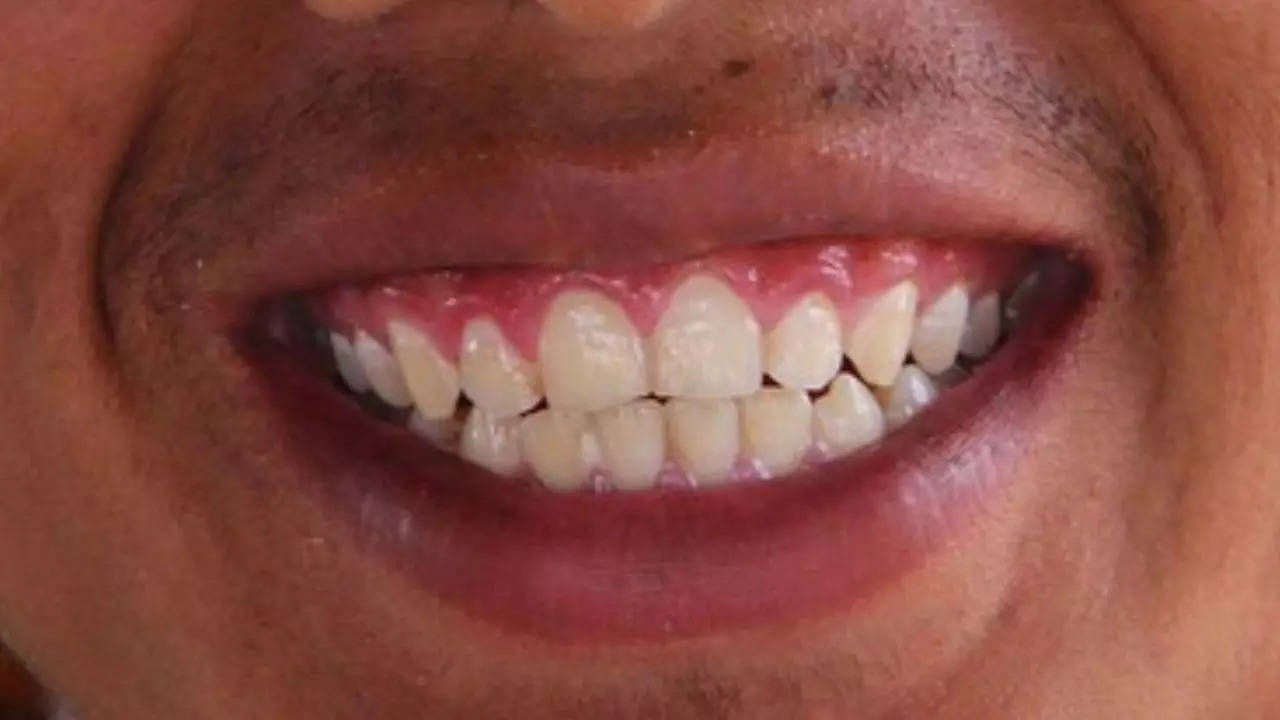Wearable Tech Goes Dental: Tooth-Mounted Sensor Monitors Saliva for Health Conditions
The quest to miniaturize technology has been a perpetual challenge for wearable makers. The smaller the device, the better it is for wearability, but this usually comes at the expense of battery life. However, a new chipset from Silicon Labs is hoping to change this narrative.

Tooth-mounted wearable sensors could be the future of salivary diagnostics. (Representational image)
The quest to miniaturize technology has been a perpetual challenge for wearable makers. The smaller the device, the better it is for wearability, but this usually comes at the expense of battery life. However, a new chipset from Silicon Labs is hoping to change this narrative. The xG27 family of SoCs, consisting of the BG27 and MG27, is small and energy-efficient enough to spark some big ideas in the medical tech space.
Both the BG27 and the MG27 are built around the ARM Cortex M33 processor. The BG27 focuses on Bluetooth, while the MG27 supports Zigbee and other protocols. The xG27 SoCs range from 2mm-squared to 5mm-squared, making them roughly the width of a No. 2 pencil's lead tip to the width of the pencil itself. This makes them one of the smallest Bluetooth chips in the market.
What's even more exciting is that the BG27 is currently being used to develop an actual product - a tooth-mounted wearable sensor. Lura Health, a medical device maker, is using the chip for its "salivary diagnostic sensor." The sensor is small enough to be glued to a molar or placed inside a "smart retainer" with the intent of continually monitoring a patient's saliva. This would allow dentists and clinicians to potentially test for more than 1,000 health conditions.
While this concept of a tooth-mounted wearable sensor isn't new, most attempts have been thwarted by the FDA regulatory process. However, Lura Health claims to have just finished clinical trials for the sensor with UConn Orthodontics and is currently preparing to undergo the FDA regulatory process. If all goes well, the product could hit the market in 12-18 months.
Aside from dental health, Silicon Labs' chips also have potential use cases in medical patches, continuous glucose monitors, and wearable EKGs. They can operate on as low as 0.8 volts and can switch to a "shelf mode" that reduces energy use during transportation and while stored on shelves. These features make them ideal for greater wearable use in hospitals and clinical settings.
In conclusion, Silicon Labs' xG27 chipset is an exciting innovation that could open up a world of possibilities for wearable technology in the medical space. Its small size and energy efficiency make it an ideal candidate for various medical wearables, and its potential for use in dental health is particularly exciting. If Lura Health's sensor is successful, it could pave the way for even more innovative wearable medical devices.
Trending:
End of Article
Subscribe to our daily Newsletter!
Related News





NASA Alert! 106-ft Asteroid Headed Towards Earth At 58051 Kmph: Check Time And Distance

Severe Solar Storm Distrupts Elon Musk's Starlink Satellites

Strongest Geomagnetic Storm In 20 Years Hits Earth! Auroras, Radio Blackout, More

Why Elon Musk Banned Over 1.8 Lakh X Accounts In India?

NASA Alert! 250-foot Asteroid Speeding Towards Earth: Check Time, Speed And Distance









